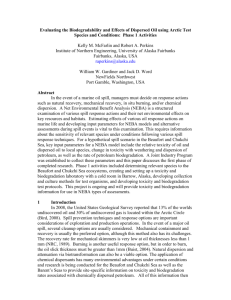Introduction
advertisement
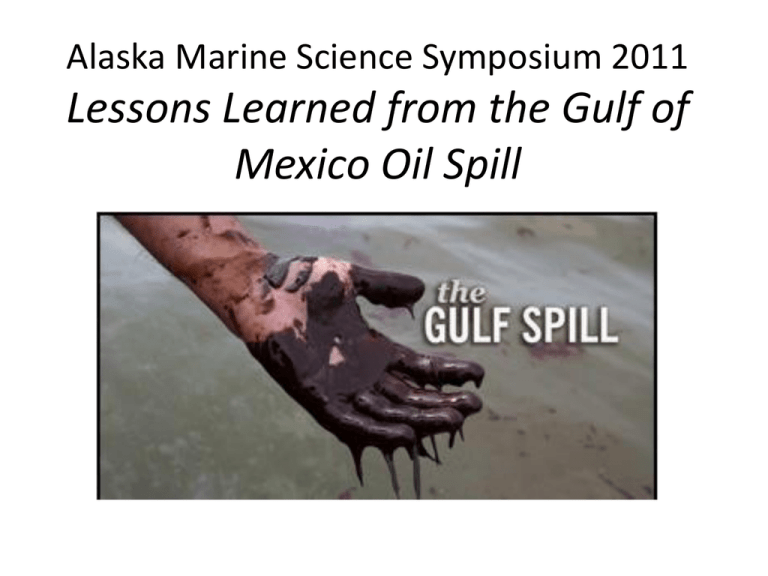
Alaska Marine Science Symposium 2011 Lessons Learned from the Gulf of Mexico Oil Spill BP Lessons Learned Workshop Dr. Phil McGillivary, US Coast Guard PACAREA & Icebreaker Science Liaison • THANKS to: US Arctic Research Commission North Pacific Research Board NOAA Workshop Goals: Discussion relating to…. • What were the ‘lessons learned’ by scientists asked to respond to the spill in their various fields • How could those lessons be applied in case of future spills in Alaska • What information came forward about research methods, equipment & logistics • What new research techniques were developed • What data gaps that were most apparent Fields of Particular Interest • • • • • • • • • DWH Commission Overview: Fran Ulmer, UA Logistics Overview, ERMA: Kurt Schwehr, UNH 3D Oil Movement models: Debbie Payton, NOAA ORR Seabird studies: Chris Haney, US FWS Chemical detection: Michelle Wood, NOAA AOML OCD Benthic Studies: Sandra Brookes, Mar. Cons. Biol. Inst. Marine mammal studies: John Hildebrand, Scripps Microbial studies: Samantha Joye, UGA Technology applications/developments The Exxon Valdez oil spill occurred in Prince William Sound, Alaska, on March 24, 1989, when the oil tanker bound for Long Beach, California, hit Bligh Reef and spilled a widely reported estimate of 10.8 million US gallons (40.9 million liters, or 250,000 barrels) of crude oil. Most of the spilled oil remained in the relatively sheltered, enclosed waters of Prince William Sound. However, currents transported some oil past Kodiak Island to the Alaskan Peninsula, a distance of 500 miles. Ixtoc I was an exploratory oil well being drilled in the Bay of Campeche, Mexico, in Gulf of Mexico waters 50 m (160 ft) deep. On 3 June 1979, the well suffered a blowout resulting in this hemisphere’s largest-ever accidental spill. The Deepwater Horizon oil spill is a massive ongoing oil spill in the Gulf of Mexico that is now considered the largest offshore spill in U.S. history. Oil sheen Heavy pooled oil Oil mousse Tar balls Depending on weathering and other environmental factors, spilled oil takes on different consistencies Fate and transport of oil spilled in open ocean environments Marine Policy Relating to Arctic • July 19, 2010: Pres. Obama accepts Ocean Policy Task Force recommendations to create a National Ocean Council • July 22, 2010: Pres. Obama issues Presidential Memo assigning responsibility for arctic research to the White House National Science & Technology Council (NSTC) to Coordinate activities of the Interagency Arctic Research & Policy Commission (IARPC) Oil Spills Studies Relating to Arctic • Sept. 2008: Spill Modeling WG - Evaluation of Modeling Approaches & Information Needs for Developing the Next-Generation Oil Spill Model. UNH Coastal Response Research Ctr. • Jan. 2009: Opening the Arctic Seas: Envisioning Disasters & Framing Solutions, UNH CRRC • April 20-22, 2010: Natural Resource Damage Assessment in Arctic Waters, UNH CRRC. Oct. 2010 • Apr. 23, 2010: US Coast Guard Arctic Response Workshop, UNH CRCC • Dec. 13, 2010: AGU BP Lessons Learned Town Hall Upcoming Oil Spill Related Meetings • Feb. 9-11, 2011, Gulf of Mexico Oil Spill: A Conference on Lessons Learned, Charting Our Future, St. Pete., FL. http://oilspill.usf.edu • May 21-27, 2011: 21st Intl. Oil Spill Conf., Portland, Ore. , http://www.iosc.org BP Lessons Learned Overview: Commission Report quote • “The stakes for drilling in the U.S. Arctic are raised by the richness of its ecosystems…but…scientific research on the ecosystems of the Arctic is difficult and expensive. Good information exists only for a few species, and even for those, just for certain times of year or in certain areas. As a result, the Commission recommends an immediate, comprehensive federal research effort to provide a foundation of scientific information on the Arctic (with periodic review by the National Academy of Sciences), and stock assessments for marine mammals, fish, and birds that use the Beaufort and Chukchi Seas.” Fields of Particular Interest • • • • • • • • • DWH Commission Overview: Fran Ulmer, UA Logistics Overview, ERMA: Kurt Schwehr, UNH 3D Oil Movement models: Debbie Payton, NOAA ORR Seabird studies: Chris Haney, US FWS Chemical detection: Michelle Wood, NOAA AOML OCD Benthic Studies: Sandra Brookes, Mar. Cons. Biol. Inst. Marine mammal studies: John Hildebrand, Scripps Microbial studies: Samantha Joye, UGA Technology applications/developments
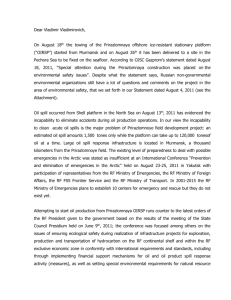
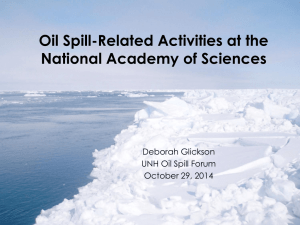
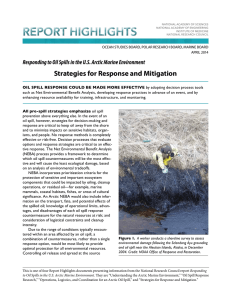



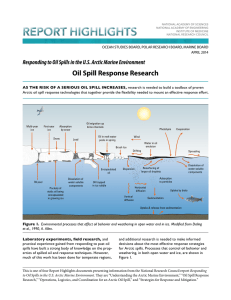

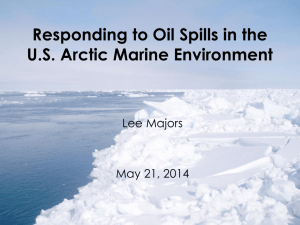

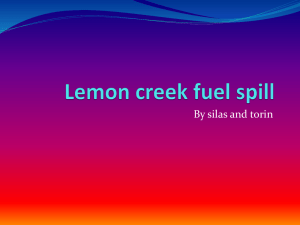
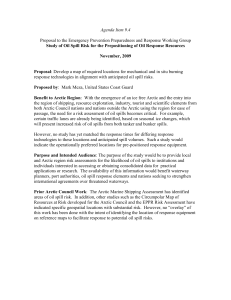

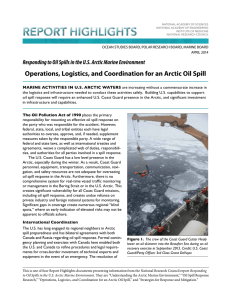
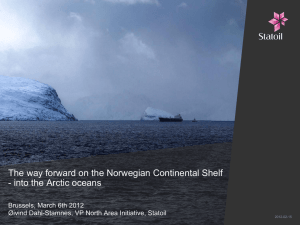
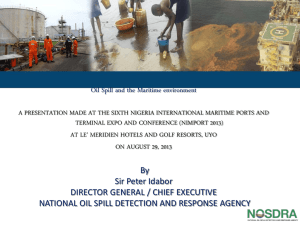
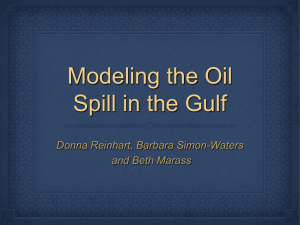
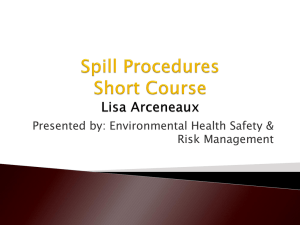
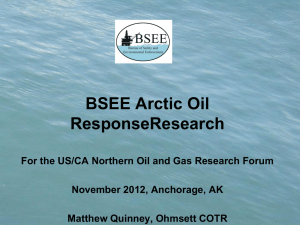
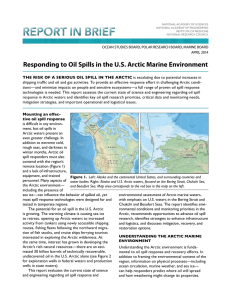
![[GROUPS]](http://s3.studylib.net/store/data/007556885_2-37122a57752f8f2872851509ab2bbeaf-300x300.png)
